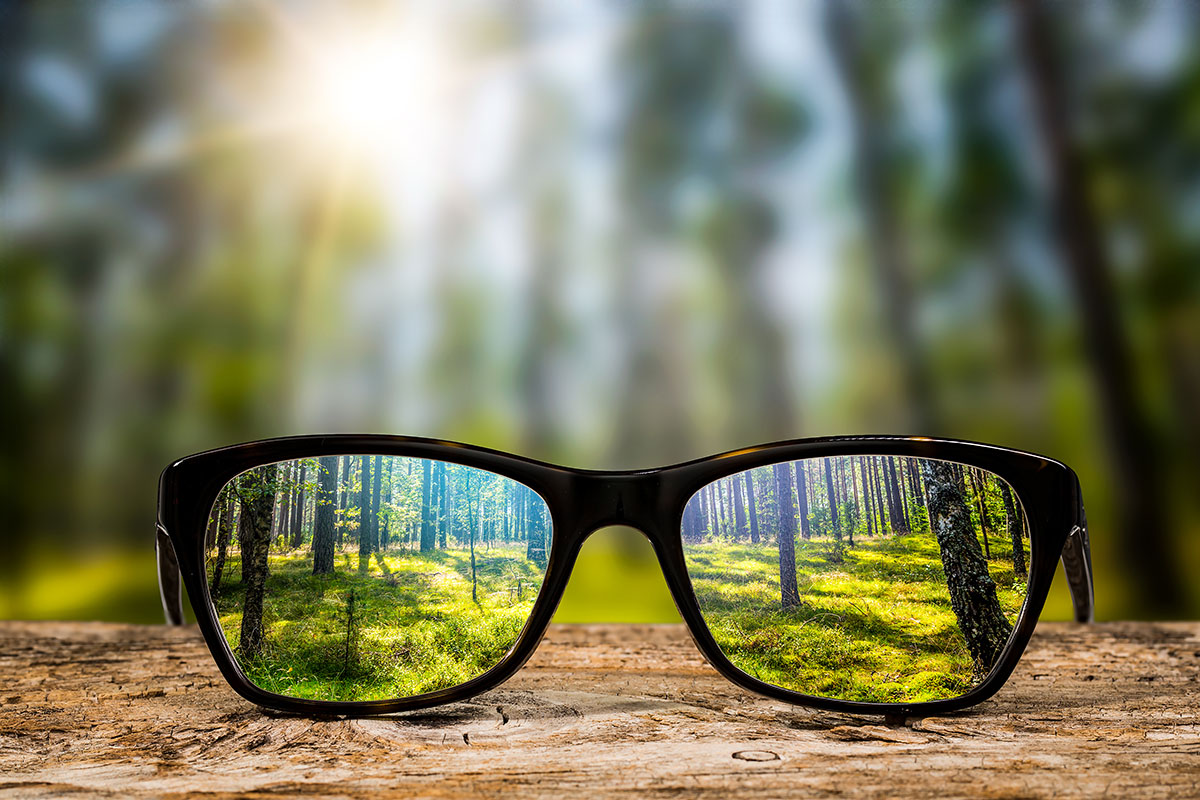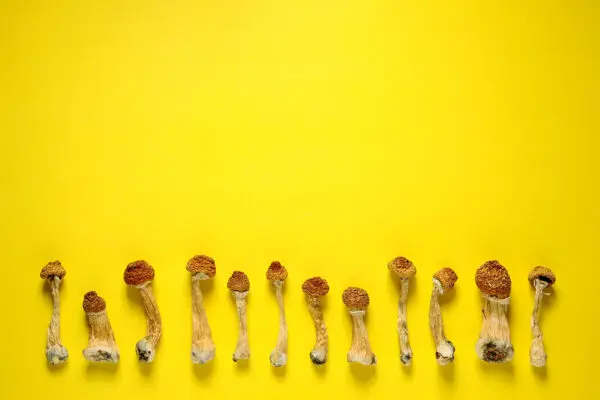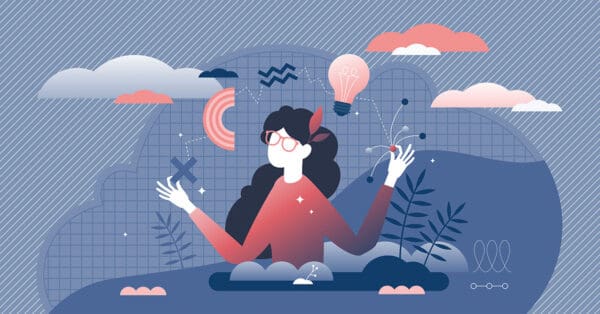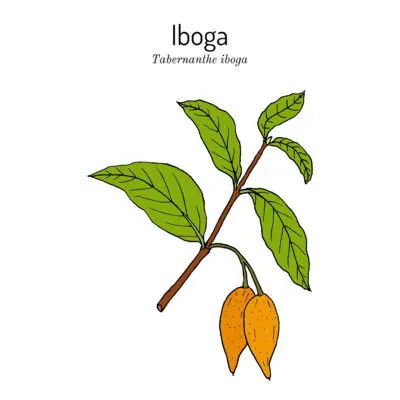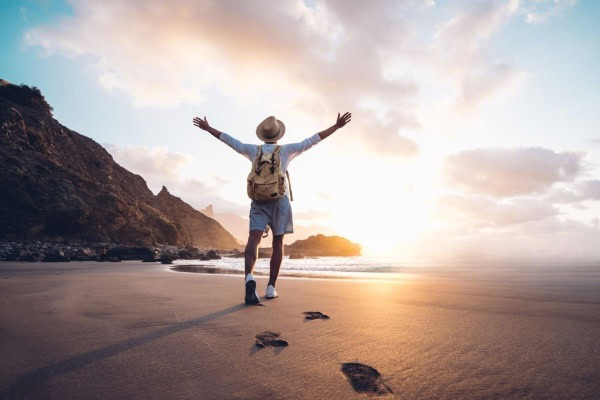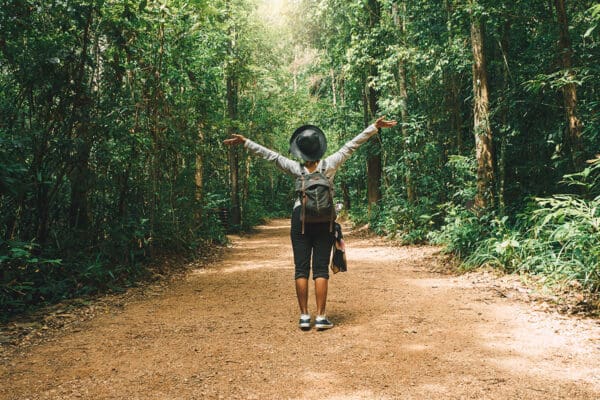Microdosing is a popular topic these days. Whether it’s LSD or psilocybin mushrooms, there are many people who are interested in the idea of taking small doses of psychedelic substances to produce desired effects without the typical psychedelic trip. But what exactly is microdosing, and how do you know if you’re doing it right? How do you know which substance is right for you? These questions will be answered as we explore the differences between microdosing with LSD and psilocybin.
What is microdosing?
Microdosing is a term that has been popularized in recent years to describe the act of taking sub-perceptual doses of a psychedelic drug, typically less than one-tenth of an active (or macro) dose. The goal is to find the dose that allows an individual to be able to continue on with work or school or other activities of daily living. Microdosing is most often done with LSD or psilocybin mushrooms and is used as part of self-experimentation for those who are curious about the therapeutic effects of psychedelic substances.
What are the benefits of microdosing? Some reports suggest that taking small doses of LSD or psilocybin can help with creativity, focus, and mood. People who microdose with psychedelics report that they are more productive at work, more positive and empathetic toward others, and more creative and self-aware. Microdosing is also said to help with depression and anxiety by reducing the intensity of these feelings without inducing a full trip. On the other hand, some people report an increase in anxiety.
What is LSD?
LSD (Lysergic Acid Diethylamide) is a synthetic substance derived from ergot, which is a fungus that grows on rye and other grains. It was first synthesized by Swiss chemist Albert Hofmann in 1938, although he didn’t discover its psychedelic properties until 1943.
In full doses, LSD is a potent psychoactive drug that produces strong effects on the mind and body. It can cause hallucinations, changes in moods (such as feelings of happiness), sensations such as those felt in lucid dreams, and it may also produce an intense feeling known as “a trip.”
In recent decades LSD has been used both recreationally and for therapeutic purposes. Clinical research has shown that full doses of this psychedelic substance can be effective in treating alcohol and opiate addictions.
For those who want to experience the benefits of LSD but want to avoid a trip, microdosing LSD is an option. A typical microdose of this substance is between five to twenty micrograms. LSD works by interacting with chemical messengers (serotonin) within the cells and can produce an altered state of consciousness and change how one experiences the world. In sub-perceptual doses—meaning small doses that don’t cause altered states of reality—LSD has been reported to enhance and sharpen the senses and allow for increased creativity and productivity.
What is psilocybin?
Psilocybin, on the other hand, is a naturally occurring psychedelic compound produced by more than 200 species of mushrooms. It was first isolated in 1958, and its effects were discovered to be similar (but not identical to) LSD’s when it came into use for therapeutic purposes during psychotherapy sessions conducted from 1962-1965 at Harvard University under Dr. Timothy Leary. Like LSD, psilocybin works by binding to serotonin receptors, which stimulates serotonin levels.
These “magic” fungi have been used in spiritual practices for centuries by indigenous cultures around the world. Psilocybin has been used for healing purposes and in spiritual and religious ceremonies throughout Central and South America. Species of psilocybin mushrooms can also be found in Mexico, Asia, and Australia.
Psilocybin has become increasingly popular in recent years for its ability to provide intense spiritual and mystical experiences through the ingestion of these “magic mushrooms” derived from this species of fungi. Psilocybin mushrooms are typically consumed orally, and the effects of a full dose can last anywhere from three to six hours.
Research by Johns Hopkins Medicine indicates that full doses of psilocybin have the potential to be used in conjunction with psychotherapy to reduce symptoms of Major Depressive Disorder (MDD) and different types of anxiety. In sub-perceptual doses, studies and anecdotal data suggest that psilocybin mushrooms may produce feelings of euphoria and heighten the senses. Colors and sounds may appear sharpened as one begins to notice changes in perception of their surroundings. Some people report feeling a sense of openness and connection to the world and to their own thoughts and feelings when microdosing with psilocybin mushrooms. Others who microdose psilocybin report that it increases energy levels (and reduces the need for caffeine), calms anxiety, and increases focus. A typical microdose of this substance is between one-tenth to three-tenths of a gram.
Which is right for you?
At first glance, the effects of microdosing LSD and psilocybin seem very similar. So how do you know which is the right fit for you?
LSD and psilocybin certainly do share some characteristics, and the effects of each drug do have some overlap. For example, people who microdose with LSD and psilocybin have both reported that the drugs can help them feel more connected to themselves and their environment.
LSD is a synthetic drug, while psilocybin mushrooms are found in nature. LSD can also have more pronounced short-term effects and risks than microdosing with psilocybin. Because LSD is much more potent than psilocybin, it can be easy to ingest too much and accidentally experience unwanted perceptual effects.
There are also differences in how each substance is ingested. LSD is most often ingested by placing blotter paper underneath the tongue or occasionally in liquid form with a dropper. Psilocybin mushrooms, on the other hand, are typically dried and either eaten, blended into smoothies, or brewed into a tea.
How to Decide Which to Take
It’s always a good idea to do thorough research before deciding to take any substances, whether in large or small amounts; or for recreational or medicinal purposes.
Figuring out which microdosing method is right for you might take some trial and error. First, decide what you want to get out of the experience. Do you want to have a more focused, creative day? Would you like some relief from anxiety or depression? Base your decision of which substance to try on what you’d like to gain from the experience.
Also, remember to consider dosage when you decide to try microdosing. It’s best to start with a very small dose, whether you’re microdosing with LSD or psilocybin. You can always increase the dosage if needed, but it’s better to have too little at first than too much. Again, this may take some trial and error.
Some people may find it challenging to measure out the small amounts appropriate for microdosing psilocybin, as a scale is necessary, as well as other equipment. This works best if ground up into a small powder and encapsulated. On the other hand, LSD involves some very careful and precise paper cutting.
Differences in the “feel” between these two substances can be observed. LSD tends to be more social and clean in its feel, while mushrooms have more of an internal and earthier sense. This may seem logical since the former is manufactured in a lab, and the latter is grown in the dirt.
Most of all, try to approach the experience with curiosity and openness, rather than with expectations. Be kind to yourself, and welcome whatever sensations or feelings the experience may bring.
